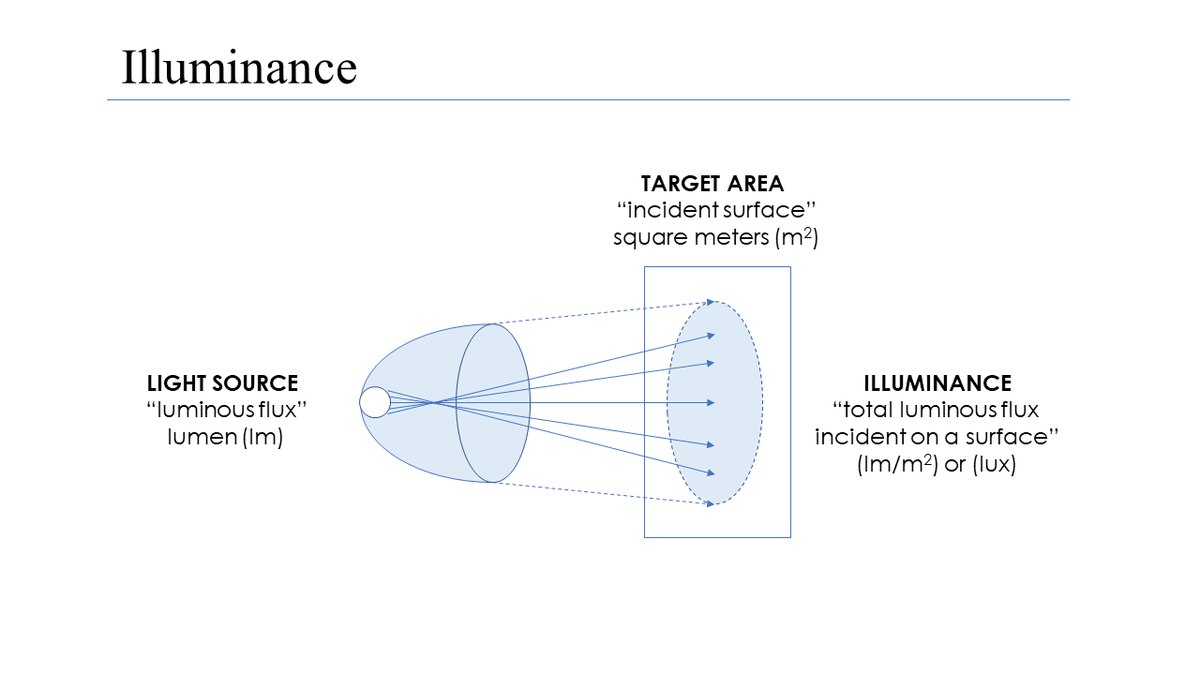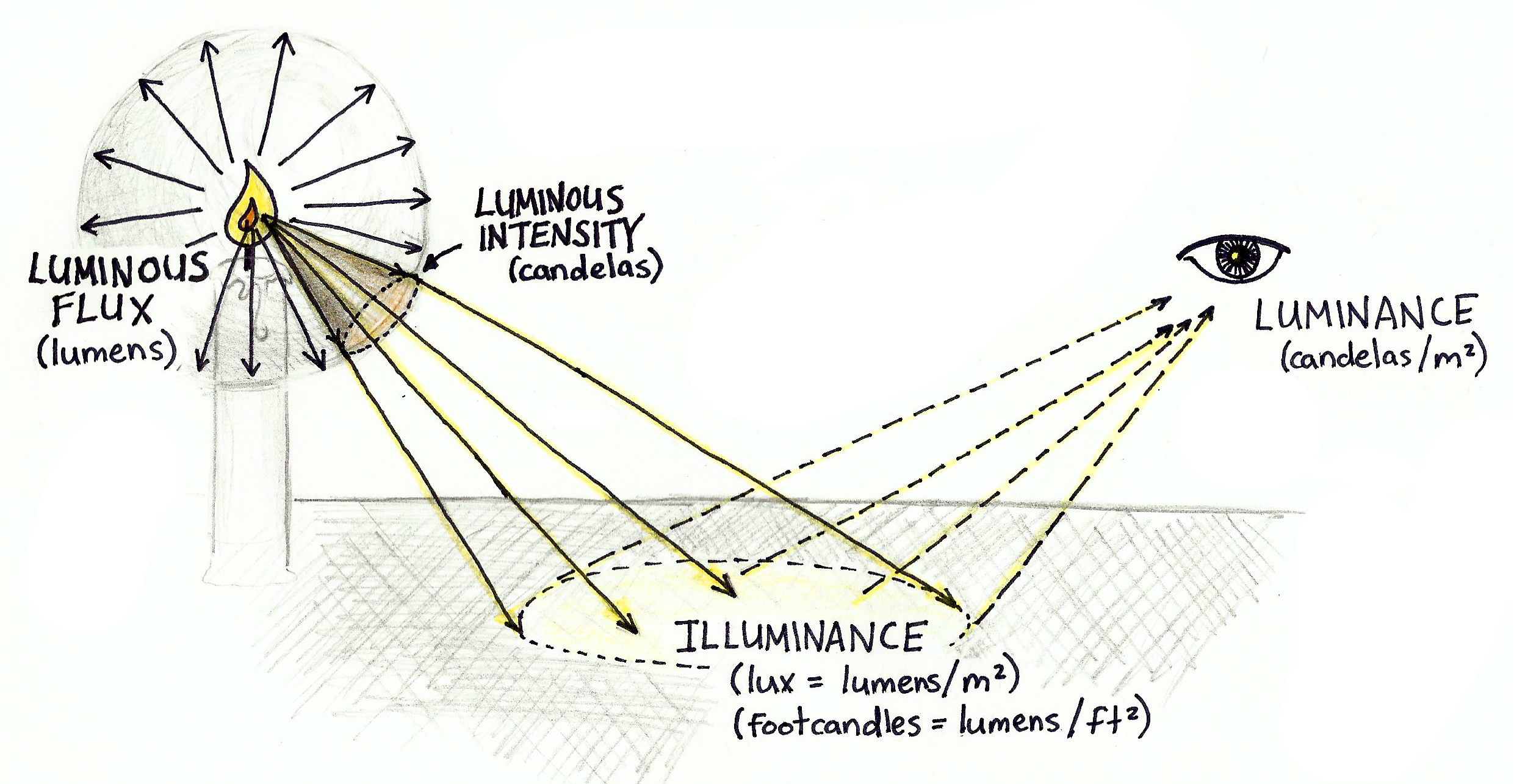Contents

Source: Wikipedia
The Concept of Illuminance
Illuminance is a fundamental concept in photometry that measures the intensity of illumination on a surface. It is crucial for determining the brightness levels in various settings.
Understanding Illuminance
Illuminance is defined as the luminous flux received per unit area. It considers the sensitivity of the human eye to different wavelengths of light, particularly for photopic vision.
Measurement of Illuminance
Illuminance is measured in lux (lx) using devices called photometers. These instruments utilize photodiodes with optical filters to match the eye’s sensitivity to light.
Recommended Illuminance Levels
For optimal working conditions, a recommended illuminance level of around 500 lux on a desk is suggested. This ensures adequate lighting for tasks like office work and reading.
Illuminance vs. Luminance
It is essential to differentiate between illuminance and luminance. Illuminance measures light hitting a surface, while luminance determines the visual brightness of an object, accounting for angular distribution.
Eye Protection and Adaptation
The human eye can adapt to a wide range of illuminance levels. Exposure to high illumination, such as bright sunlight, can accelerate eye aging. Effective eye protection is recommended under intense light conditions.
Conclusion
Understanding illuminance is vital for creating well-lit environments that promote productivity and visual comfort. By considering recommended illuminance levels and the differences between illuminance and luminance, one can optimize lighting conditions for various applications.

Source: Sustainability Workshop – VentureWell
Feel free to comment your thoughts.



